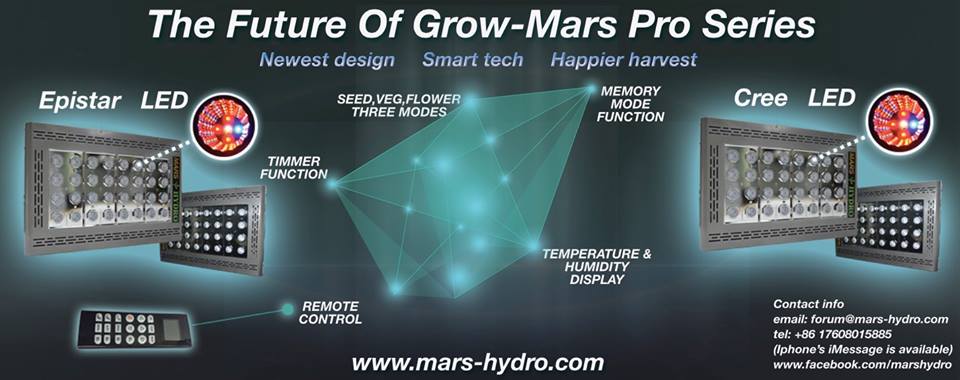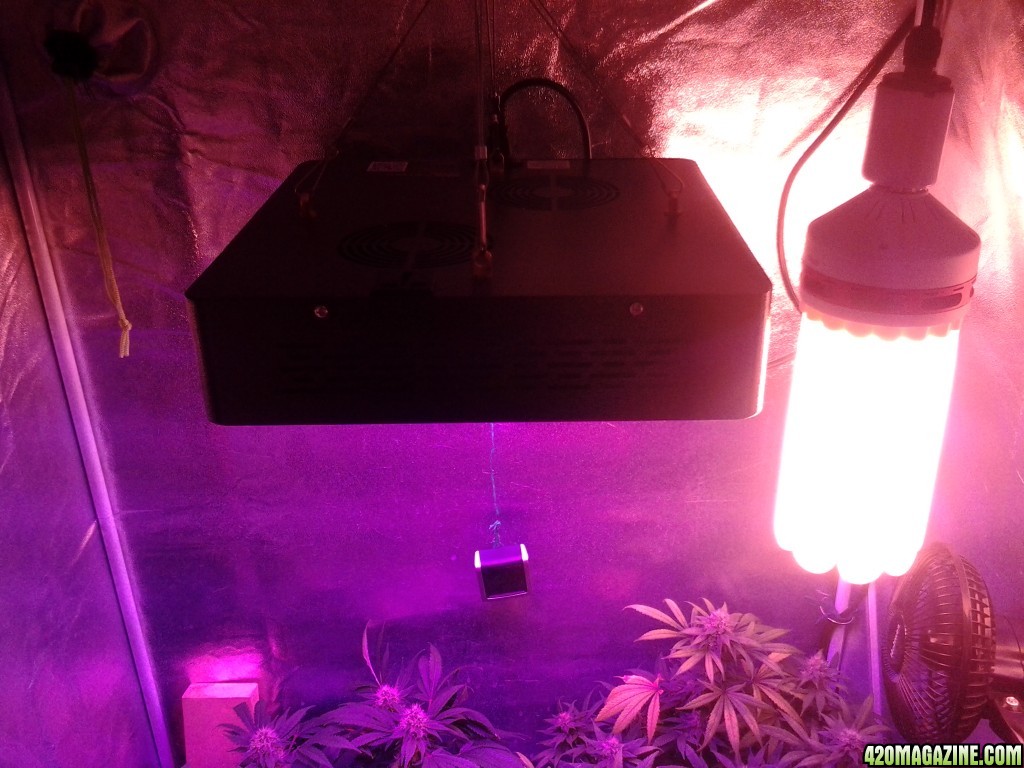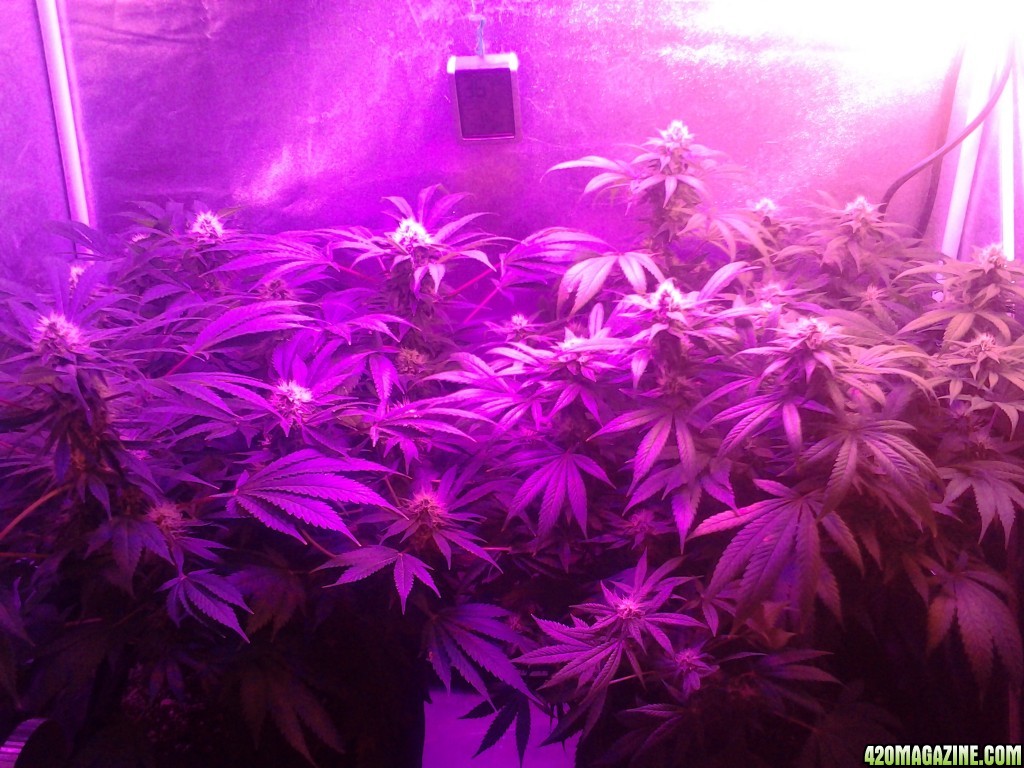DarkSidofMike
New Member
tyvm icemud and ruddie for theses great infos ...
nice to know icemud .... but i cannot agree with that. if this is true, green led lights will disturb plants durring flowering at night and im completly sure it is not, cause i do it almost every 3-4 days every grow and i never disturbed my plants.
i really do beleive what ruddie and specially ed rosenthal is saying, make more sense for me.
led panels use blues-reds chips with some white for the same reason .... green is useless.
you are very kind for trying to improve my knowledge, but i really think this is wrong. green used at 79% i really cannot beleive that. make no sense with the experience i have.
the reading was very interesting at least.
nice to know icemud .... but i cannot agree with that. if this is true, green led lights will disturb plants durring flowering at night and im completly sure it is not, cause i do it almost every 3-4 days every grow and i never disturbed my plants.
i really do beleive what ruddie and specially ed rosenthal is saying, make more sense for me.
led panels use blues-reds chips with some white for the same reason .... green is useless.
you are very kind for trying to improve my knowledge, but i really think this is wrong. green used at 79% i really cannot beleive that. make no sense with the experience i have.
the reading was very interesting at least.




 jk
jk morning pypcio, the recommend distance during flowering stage is 30.28cm~45.72cm.
morning pypcio, the recommend distance during flowering stage is 30.28cm~45.72cm. thanks for the help, flexy.
thanks for the help, flexy. pypcio, it's better add supplement light if the true grow area is full square.
pypcio, it's better add supplement light if the true grow area is full square. 
 thanks for the info, John. We are updating the wesbite. And the coverage will be updated, too.
thanks for the info, John. We are updating the wesbite. And the coverage will be updated, too.  thanks for the help Mike, MarsII 1600w and 1200w may be a little overpower. MarsII900w will be adequate.
thanks for the help Mike, MarsII 1600w and 1200w may be a little overpower. MarsII900w will be adequate. 


 yes, this is what puzzle me sometimes. The data is fixed, but growers always have different experience. Maybe the best way is to figure out your own method by practices.
yes, this is what puzzle me sometimes. The data is fixed, but growers always have different experience. Maybe the best way is to figure out your own method by practices.